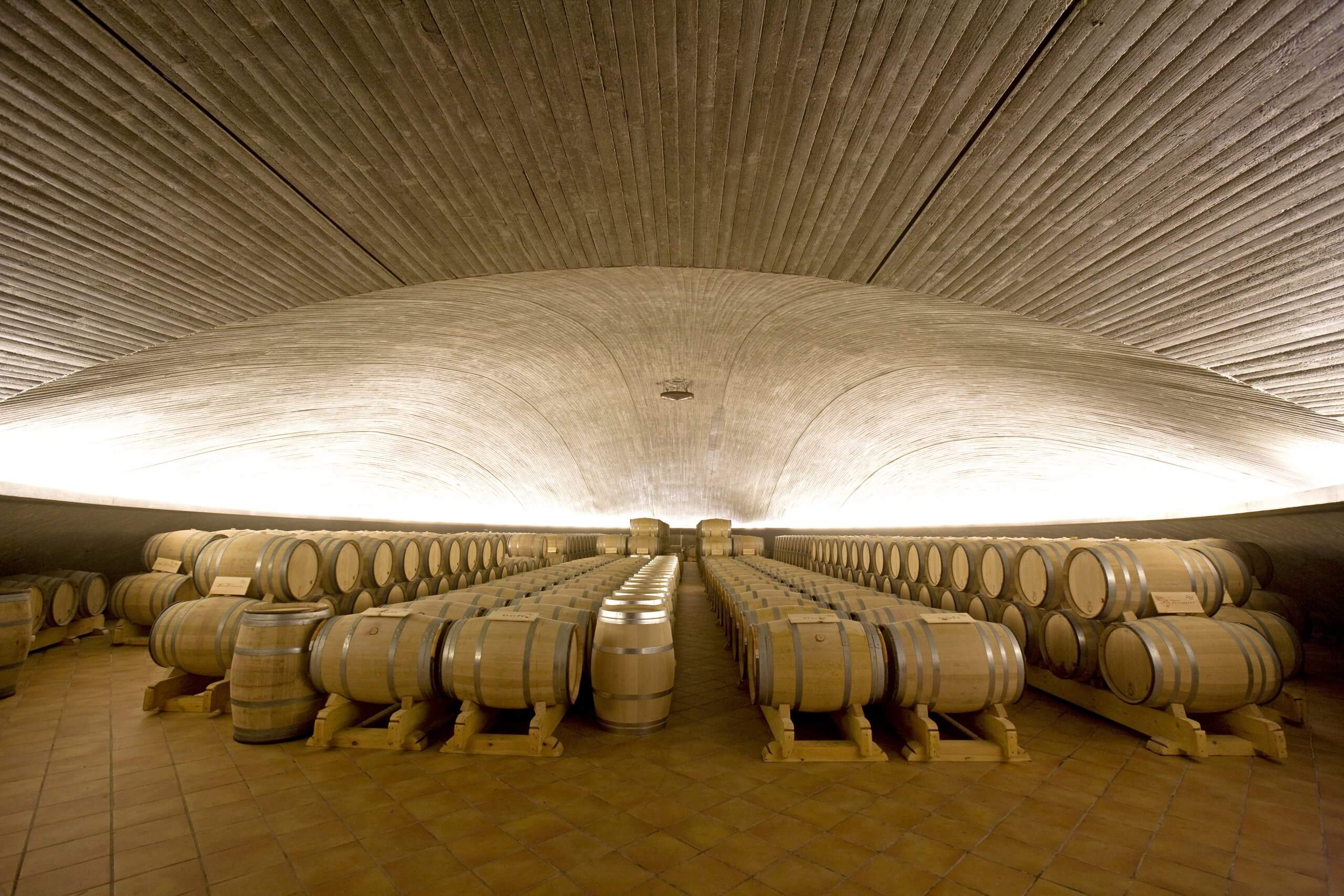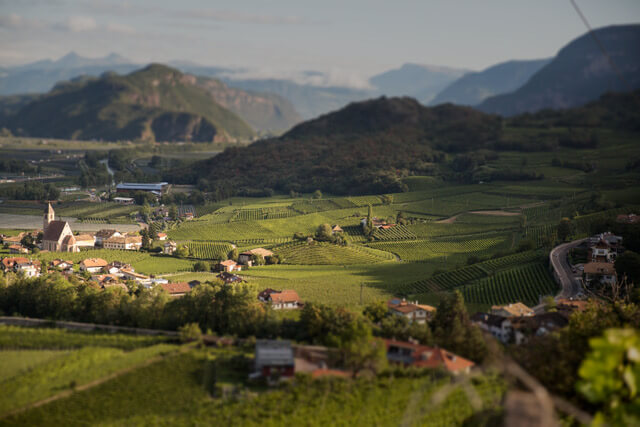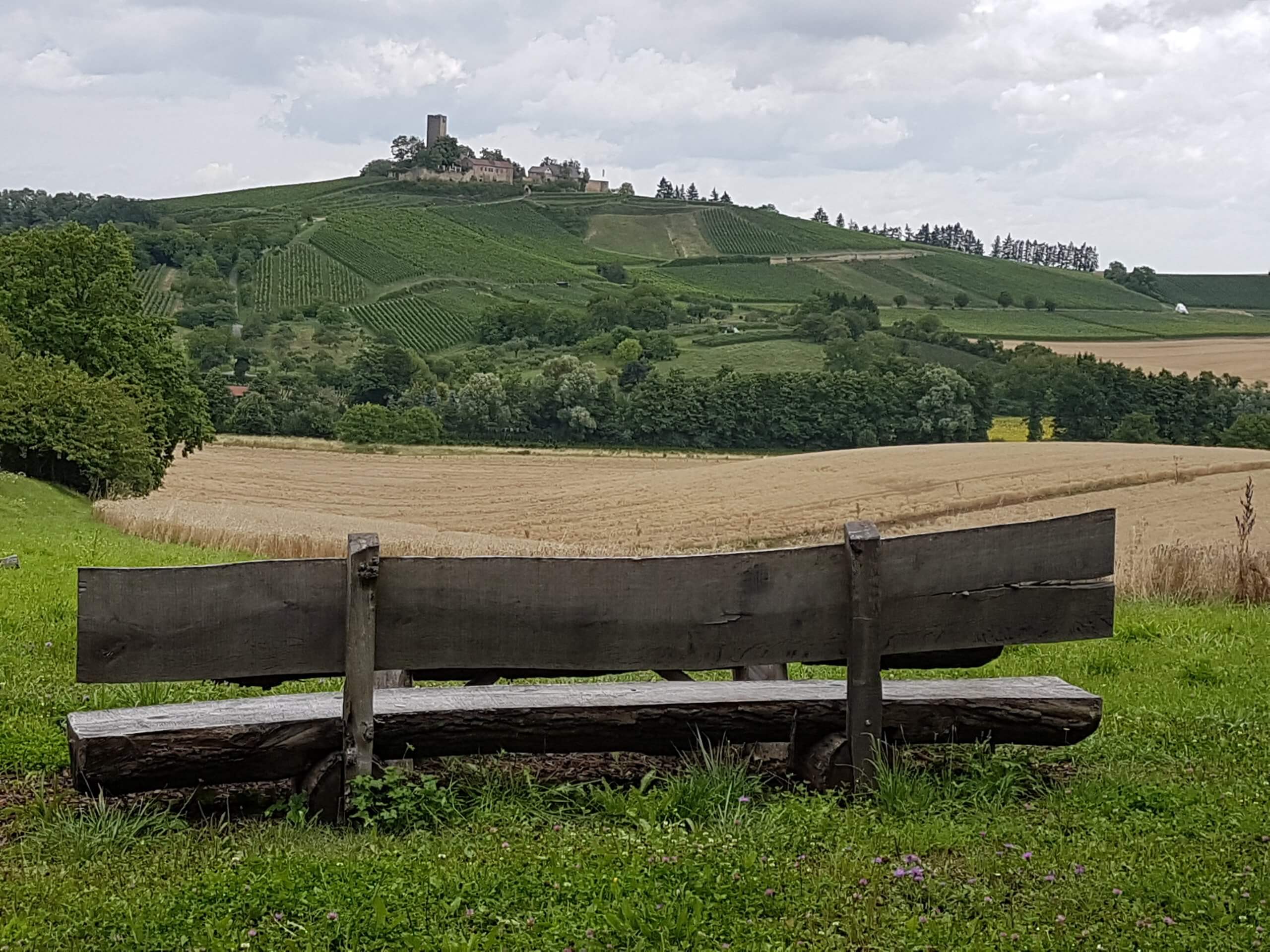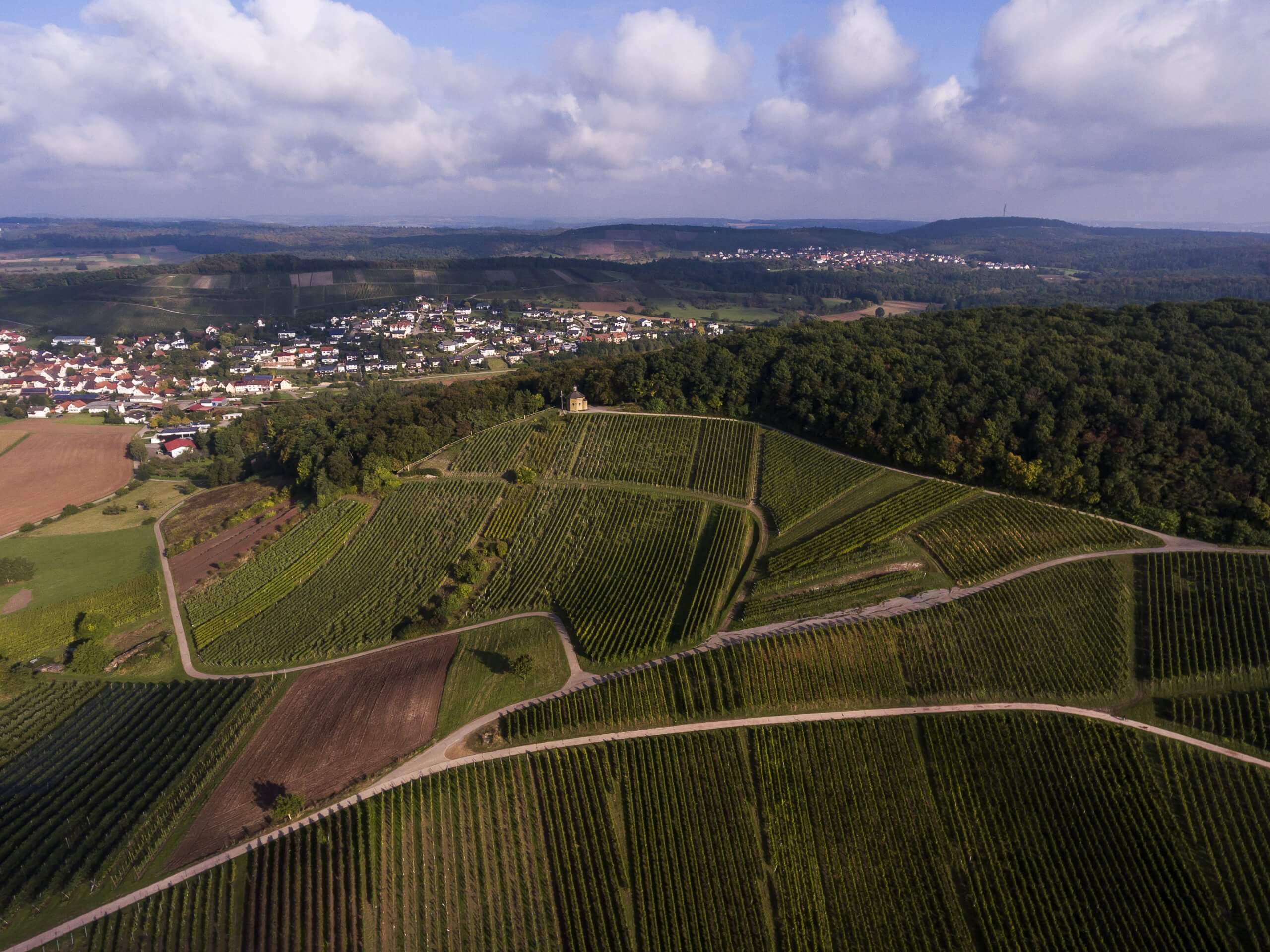
Amber
What do our wineries have in common?
The wineries in our portfolio managed under Amber work according to the clearly defined biodynamic or organic-biological methods and have also been certified as such or are in the process of conversion. They belong to the traditional organic organizations of their country or to independent organic associations.
Other producers are among the biodynamic pioneers of their region, such as Elisabetta Foradori in Trentino or Tenuta di Valgiano in Tuscany, who were instrumental in creating the cellar guidelines of their association (Demeter Italia). Or Corte Sant’Alda, the first Demeter-certified winery in Valpolicella.
What all these winemakers have in common is that their wines are recognized as among the best in their respective regions, this at a time when they did not have organic certification. Despite these merits, they went and continue to go, cosmopolitan and curious, honing the quality of their wines.
Other producers are among the biodynamic pioneers of their region, such as Elisabetta Foradori in Trentino or Tenuta di Valgiano in Tuscany, who were instrumental in creating the cellar guidelines of their association (Demeter Italia). Or Corte Sant’Alda, the first Demeter-certified winery in Valpolicella.
What all these winemakers have in common is that their wines are recognized as among the best in their respective regions, this at a time when they did not have organic certification. Despite these merits, they went and continue to go, cosmopolitan and curious, honing the quality of their wines.
We can also do things differently
A vineyard – as bucolically glorified as it likes to be – is a monoculture. To break this up, to create a healthy “living space” for a diverse flora and fauna and at the same time to improve the working conditions for oneself in its environment: These are the goals of Amber Vintners.
By converting to organic farming, the vines become more tolerant of environmental influences:
- the weather, which has become more extreme in recent years: the vines clearly cope better with drought stress and excessive rainfall;
- against pests, the biodiversity helps, which in a living vineyard ensures that pests are kept in check by beneficial insects;
- the healthy “immune system” of a strong plant is less susceptible to fungal diseases.
A vineyard is only on loan for a limited time, to be preserved for future generations. Therefore, the winegrowers see it as their duty to conserve resources and to work more sensitively, with a lot of attention in the vineyard.
Ultimately, these winemakers were able to recognize that their wines acquired more balance and harmony after converting to organic-biological/biodynamic farming.
The journey is the destination, we learn from Homer’s Odyssey, and that’s how our Smart Wines Amber winemakers see it, too.
Glossary
Natural Wines, Vins Vivants, Naked Wines:
The umbrella terms for all wines, whether red or white (orange), that are made with as little cellar engineering as possible. The terms are not clearly defined; in the text they will henceforth be referred to as Natural Wines.
The winemakers do not seek any corrections in the various factors:
- The acids (neither adding nor deacidifying is desired). The ideal ripening of the grapes is also chosen according to the acidity and their nature.
- The tannin structure, ideally influenced only by maceration time, possibly by wood barrel aging. Today, there are various technical tannins in powder form, hardly a taste (“pineapple reed tannin”) that can not be represented; they usually provide a weightier mouthfeel of the wines.
- No fining – wines are fined to precipitate proteins and/or polyphenols. Proteins cause cloudiness of the wine; polyphenols can taste astringent and bitter.
- Alcohol content should not be altered upward by chaptalization or concentration, nor downward by vacuum evaporation or centrifugal column.
Natural wine:
The term was coined by the VDN, Verband Deutscher Naturweinversteigerer, exclusively for wines whose alcohol content has not been improved by sugaring the must or young wine. The natural wine auctioneers have been absorbed into the VDP.










